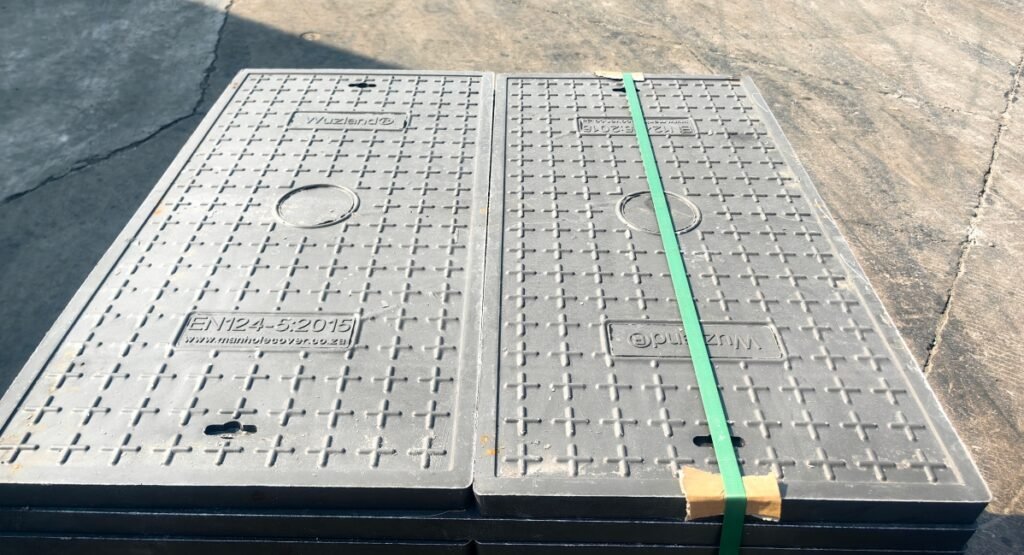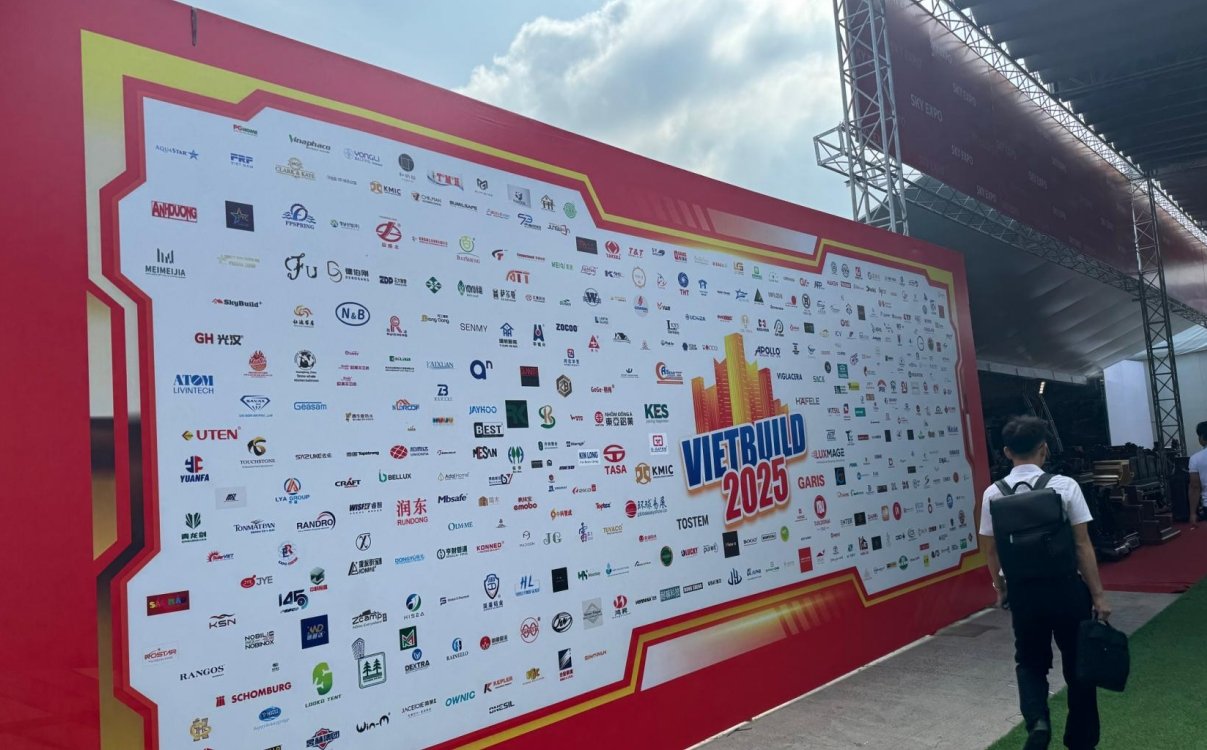Selecting composite manhole covers can be a complex task, especially for those encountering this question for the first time. These products exhibit diversity in materials, shapes, and dimensions, offering a wide range of options for various needs. Among the multitude of products, identifying reliable, durable, and aesthetically pleasing covers is crucial. This article explores key factors to consider when choosing round composite manhole covers and assists in determining the ideal solution for your project.

I. Materials and Their Properties
Composite materials are often selected for their excellent corrosion resistance and durability. Composite products are typically made from a blend of polymers and fiberglass, providing strong mechanical strength. Compared to metal covers, round composite manhole covers feature lighter weight and customizable strength. During selection, specific operational conditions must be evaluated. For instance, if the cover is located in a high-traffic area, products specifically designed for high load capacity should be prioritized.
II. Cover Dimensions and Standards Compliance
Dimensions are critical for effective installation and functionality. Size standards are typically determined by the road type and the cover’s specific purpose. Round composite manhole covers must integrate seamlessly with their surroundings. When selecting dimensions, both diameter and height should be considered to ensure convenient access to underground utilities. Verify that products comply with international standards and safety regulations by checking their certifications.
III. Design and Aesthetics
One advantage of composite manhole covers lies in their diverse design styles and color schemes, enabling harmonious integration with the environment. The current market offers varied choices, catering to both classic and creative aesthetic preferences. For projects emphasizing visual appeal, round composite covers with artistic finishes are ideal. Customized elements can also be incorporated to add unique character to the project.
IV. Practical Installation Guidelines
Installation of composite manhole covers must follow strict standardized procedures to ensure long-term safety. Preparatory work includes clearing debris from the base and leveling the surface. Post-installation, verify the stability of the fixation. Experts recommend accounting for the product’s weight and dimensions during transport and installation. Note: Though lightweight, composite round covers still require careful handling.
V. Environmental Sustainability and Safety Performance
Composite materials are favored for their eco-friendliness and lack of harmful substance emissions. Modern production processes significantly reduce the carbon footprint of these products. Furthermore, their recyclability embodies sustainable development principles. Crucially, round composite manhole covers must ensure safety for both the environment and users, featuring anti-tipping and anti-displacement capabilities during disasters. Always verify the product’s quality certifications and environmental compliance when selecting.

VI. Cost-Effectiveness and Service Life
The price of composite manhole covers is influenced by materials, design, and manufacturer. Investing in higher-priced models may prove more cost-effective due to extended service life and minimal maintenance needs. Cheaper alternatives may fail under sustained operational loads, leading to additional expenses. In the long term, procuring high-quality products is a wise investment for infrastructure projects. When deciding, rationally evaluate manufacturers' warranty commitments and user feedback.




